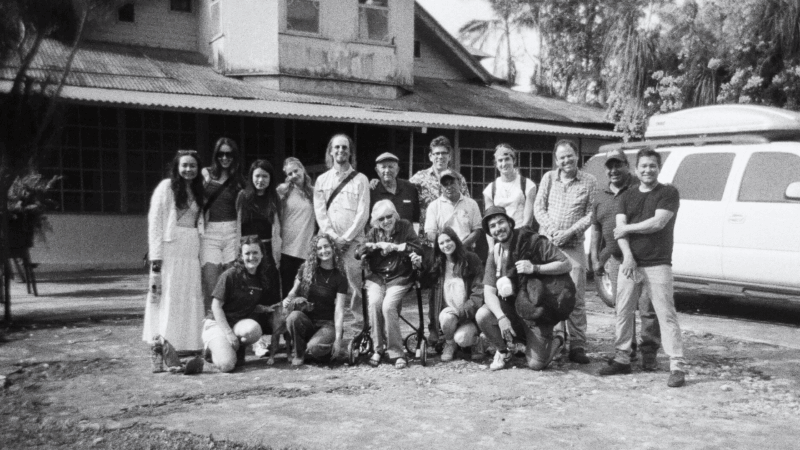
Experts illuminate how light pollution impacts mountain lions
As ambush predators, mountain lions thrive under the cover of darkness. But what happens in Southern California, where artificial light makes every night twice as bright as if there were a full moon?
As ambush predators, mountain lions thrive under the cover of darkness. But what happens in Southern California, where artificial light makes every night twice as bright as if there were a full moon?
Mountain lions alter their behavior in response to light in a variety of ways, according to a new study by conservation and academic researchers published in the journal Philosophical Transactions of the Royal Society B.
“Even though they’re a top predator, their aversion to light is a clear and influential pattern,” said UCLA ecologist Travis Longcore, an adjunct professor at the Institute of the Environment and Sustainability and a co-author of the research.
The study shows that mountain lions steer clear of upward radiance, the light that goes straight into the night sky from ground-level sources, such as housing, development and commercial areas. General sky glow — scattered light in the atmosphere caused by urbanization — seems to have little effect.
Longcore suggests that mountain lions are deterred by upward radiance because it signals the presence of humans, a potential threat. Well-lit areas also interfere with their stealthy hunting methods, reducing their chances of catching a mule deer, their main prey.
Still, the study revealed some significant variations among individual lions. While most scrupulously avoid well-lit regions, some are more adventurous, boldly venturing into these areas. Such variance may stem from individual animals’ ability to adapt or their unique “personalities,” Longcore said.
The study analyzed more than a decade of data collected from over a hundred Southern California mountain lions with National Park Service tracking collars. Researchers used mathematical models to understand factors that influence habitat choices: artificial light, of course, but also proximity to roads and the availability of mule deer.

Mountain lions sleep and breed in remote wilderness areas to ensure the safety of their offspring. Here, an adult female and her kittens roam the Santa Monica Mountains.
“Mountain lions weren’t always the top predator,” Longcore said. “There used to be grizzly bears on the beach in Malibu and Santa Monica Bay. Over time, we’ve changed the landscape and reduced these top predators one by one.”
From 1906 to 1963, government programs offered rewards for killing certain predatory animals, leading to the disappearance of grizzly bears and leaving mountain lions as the last free-roaming apex predators in Southern California.
Within greater Los Angeles’ large population and extensive urban sprawl, mountain lions continue to confront perils such as busy freeways and rodenticide poisoning.
“One of the more underrecognized threats is how much the artificial light we shine into every dark place can impact their ability to move around and survive,” said Fraser Shilling, senior author of the study and director of the Road Ecology Center at UC Davis.
The research highlights the importance of preserving dark areas in conservation strategies. Like major roadways, light pollution acts as a barrier to the lions’ movements, disrupting population dynamics and inhibiting genetic flow from breeding.
Mountain lions, like many other species, need freedom to move across the landscape, especially in designated wildlife corridors. Protecting these dark pathways is vital to enabling them to fulfill their ecological roles, Longcore said.
“Nighttime is when half of the organisms on the planet are active, and they like it dark,” he said. “It’s not just about their safety; it’s about ensuring a suitable sensory experience for these animals during their journeys.”
To coexist in better harmony with Southern California’s beloved big cats, property owners and residents should consider them when making lighting decisions, Longcore said. Using motion sensors, limiting outdoor lighting and shielding lights so they only point where light is needed can mitigate adverse effects on mountain lions and other nocturnal creatures in the urban environment.
Controlling mountain lions’ access to easy domestic prey by being mindful of pets and livestock is also crucial, the authors said.
The study demonstrates that, in many areas, mountain lions can thrive without ever encountering humans.




